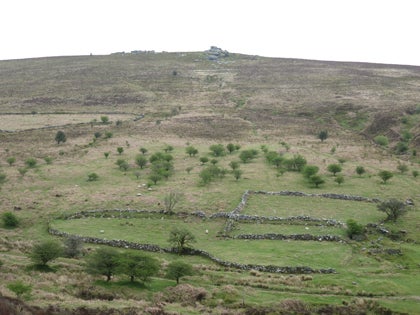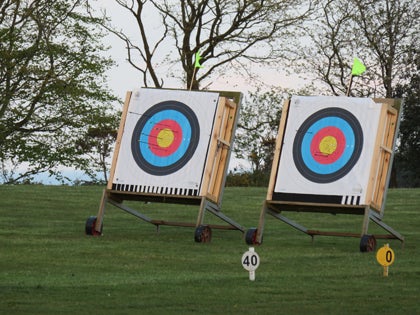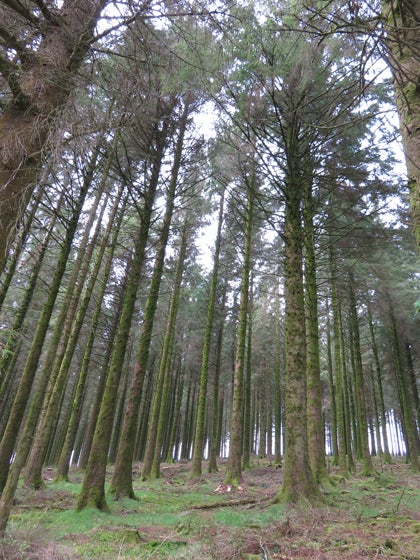Canon PowerShot SX700 HS Review
Canon PowerShot SX700 HS Review
Canon PowerShot SX700 HS Review - Canon's latest travel camera packs everything but the kitchen sink, but how does it perform when put through its paces?
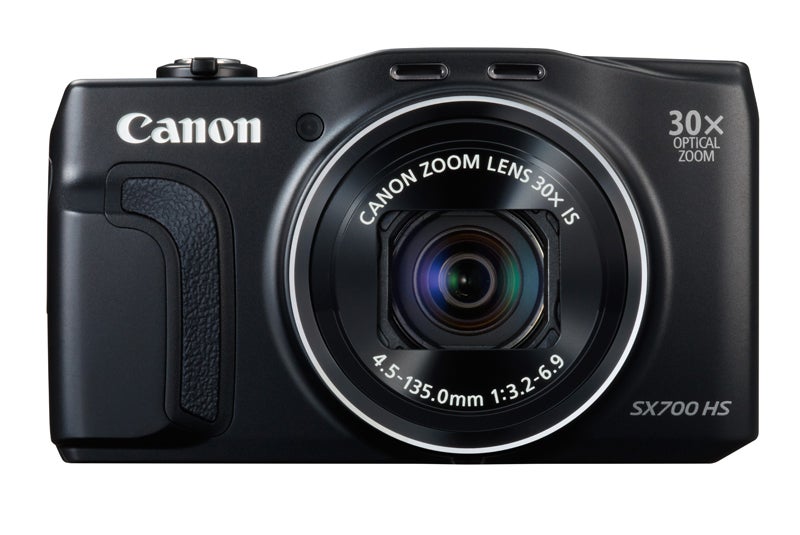
Verdict
Pros
- Features; Performance; Image quality; value for money
Cons
- Slightly fiddly Wi-Fi setup
Key Specifications
- Review Price: £280
Want to know whether it’s worth upgrading to the SX700 HS, or whether you should save some cash and opt for the camera’s predecessor? Why not take a look at our Canon PowerShot SX700 HS vs Canon PowerShot SX600 HS head to head.
While the Canon SX600 HS is an impressive compact thanks to its ultra-compact 18x zoom lens and its wallet-friendly price point, it’s slightly disappointing that it’s lacking manual exposure options.
Its bigger brother – the Canon SX700 HS – features an equally compact 30x zoom lens, a full range of manual exposure controls, and comes in at under £300.
As a result it should build on the success of its sibling, so lets take a look and find out.
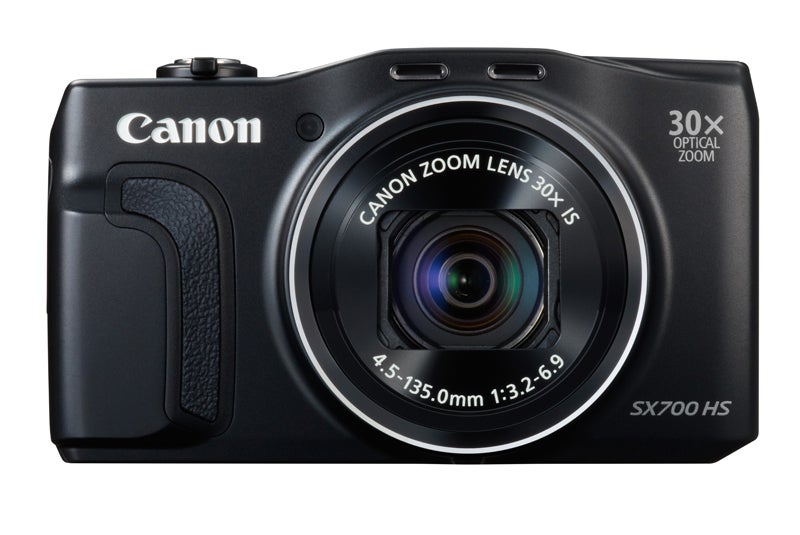
Canon PowerShot SX700 HS Review – Features
As with all travel cameras the main feature of the SX700 is its lens, and it’s a beauty. With a focal length range equivalent to 25-750mm (30x zoom) it’s one of the most powerful on any compact camera, competing with class leaders including the Panasonic TZ60 and the Sony HX60, both of which are considerably more expensive.
The SX700’s lens features optical image stabilisation, and has a maximum aperture of f/3.2-6.9, but by far its most impressive attribute is its compact size. With the lens retracted the camera is only 35mm thick, slim enough to fit easily into a pocket or handbag.
The lens is far from being the only noteworthy feature though; the SX700 is loaded with useful stuff, including a superb 3in monitor screen with a very high resolution of 922k dots and an effective anti-glare surface. It has adjustable brightness, but even the default setting is perfectly usable in bright sunlight.
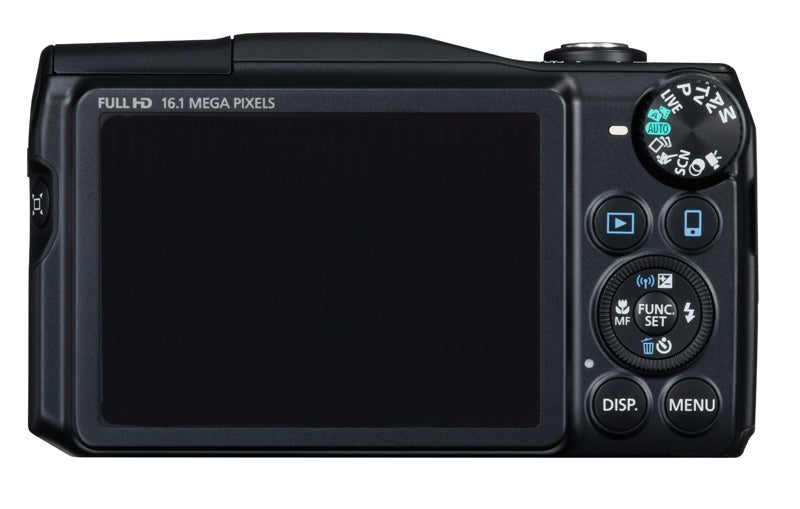
Manual shooting
Unlike the SX600, the SX700 has a full range of manual exposure options, with shutter and aperture priority as well as all-manual. Other cameras that purport to have manual aperture control only offer either minimum or maximum settings, but the SX700 offers full aperture control in 1/3-stop increments, from the maximum to the f/8 minimum.
Shutter speed control is also provided in 1/3-stop increments, from 15 seconds to an impressive 1/3200th of a second. Both are adjusted by turning the rotary bezel around the D-pad.
Like a lot of modern cameras the SX700 HS features wireless connectivity, with both Wi-Fi and Near Field Communication (NFC) available, and the inevitable free app available for download on both Apple and Android mobile phones.
While it does offer plenty of wireless options, including backup, sharing and GPS tagging – in conjunction with a smartphone rather than directly to the images – setting up the connections is a bit more fiddly than on some of its rivals, with multiple menus and lots of typing.
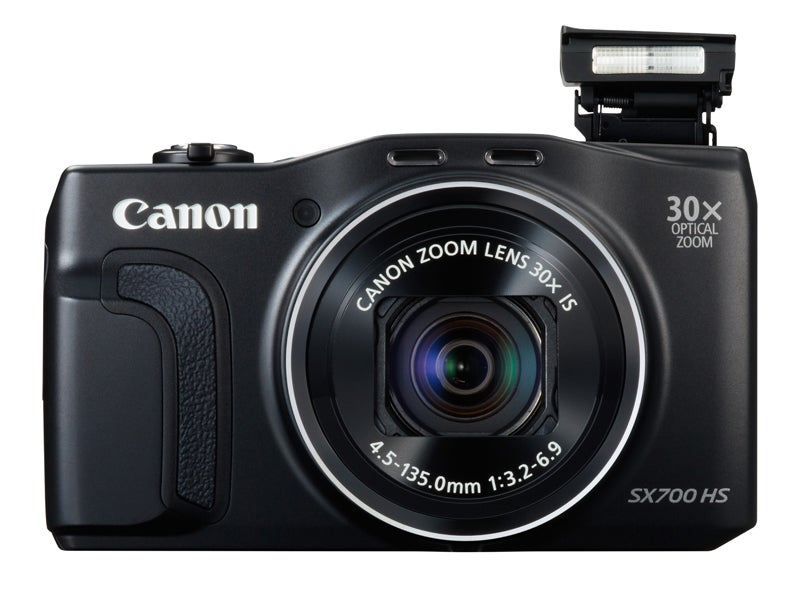
Feature packed
The SX700 has many other great features, including enhanced low-light shooting, slow-motion movie recording, full 60p HD video and a hybrid auto mode that records short movie clips as you’re shooting, giving you a video diary of your day out.
The overwhelming impression is that Canon has really thought this one through, and produced a well-integrated camera that has almost every feature you could possibly want, a real jack-of-all-trades.
Canon PowerShot SX700 HS Review – Design
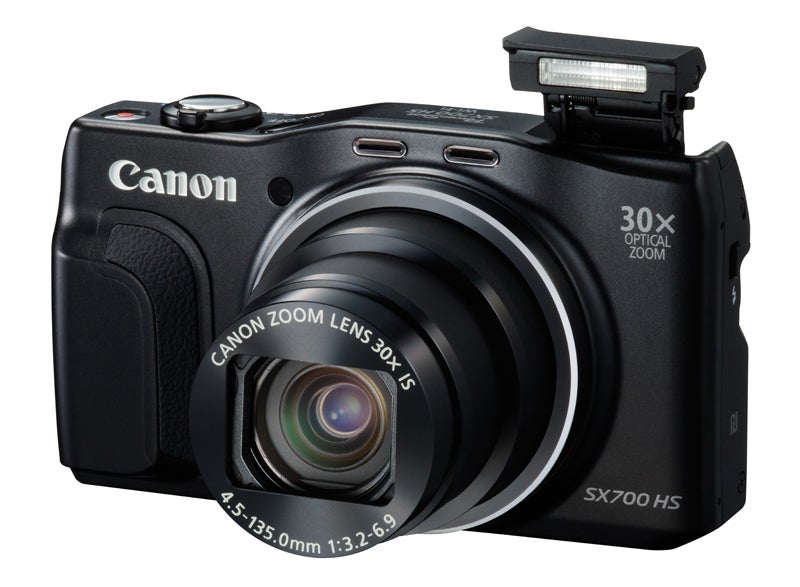
The design of the SX700 HS is fairly straightforward, but it does have a few clever touches. The overall shape is a simple rectilinear box, but it has a slight curve to it so that the front bulges out slightly, making the camera look even thinner than it actually is.
The top panel is asymmetrical, with a slight bulge above the lens that carries on to the left, to make room for the manually activated pop-up flash. This means that the on/off button is protected by the curve of the bulge and the shutter button right next to it, preventing the camera from being activated accidentally in your pocket.
It also means that the camera is smaller on the right-hand end, making the controls easier to reach. The handling is further improved by the inclusion of a small but effective front finger grip, and the exposure mode dial on the back plate is positioned so that it doubles as a thumb grip.
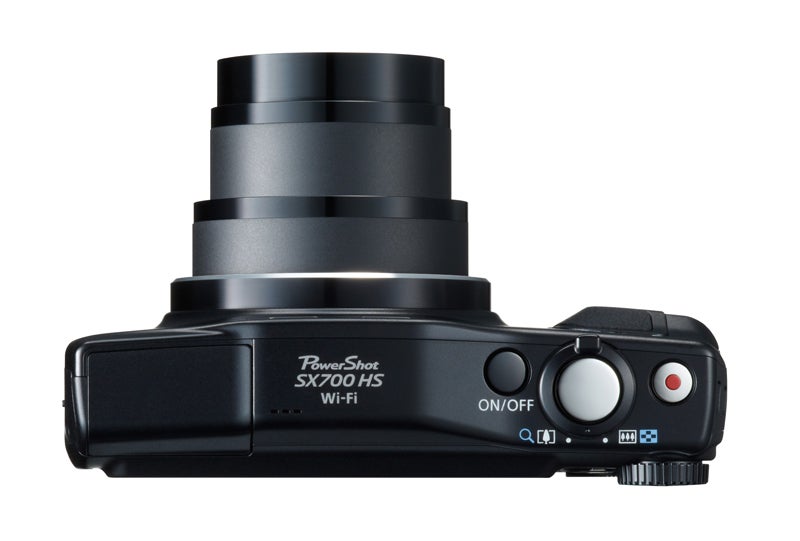
Solid build
The build quality is as good as you’d expect from Canon, with a strong all-metal body, metal tripod bush and hatch hinge, and solidly mounted controls.
The control layout is straightforward, with all the main controls concentrated on the right-hand end for easy one-handed operation. The buttons are large and clearly labelled, the exposure mode dial is stiff enough to resist accidental turning, and even the rotary bezel of the D-pad turns with a nice positive click.
Canon’s menu system is, as always, exceptionally good, with a nice clear function menu and a comprehensive main menu. It is clear, easy to read and slickly responsive, a prime example of how camera menus should be done.
Like several other recent Canon cameras the SX700 has a manually activated pop-up flash, opened by a small catch on the left side panel. Personally I like this, since it means fewer unnecessary flash shots, but I can see how some people might find it annoying and fiddly.
Canon PowerShot SX700 HS Review – Performance

Some long-zoom compact cameras have problems with performance, but not so the SX700 HS. Despite having to roll out that big lens it starts up and can take a picture in just under two seconds, which is fast by class standards.
Its shot-to-shot time, in single-shot program auto mode and using a class 10 SD card, varies between approximately 0.8 and 1.3 seconds, depending on shooting conditions, which is very impressive.
In non-AF continuous shooting mode it can maintain approximately 2fps, while in AF-continuous mode with a moving subject it can maintain approximately 1fps.
The secret of the SX700’s performance is its AF system, which is exceptionally quick. When zooming in it pre-focuses, which makes it much easier to keep track of your subject at extreme magnification, and also greatly improves focusing speed.
Battery duration is also exceptionally good. Canon claims 250 shots on a charge, or 360 in “Eco mode”, but while testing the camera I took well over 300 shots in standard mode and the battery indicator was still showing three bars, so the manufacturer’s estimate may be a bit on the conservative side.
Canon PowerShot SX700 HS Review – Image Quality
Canon PowerShot SX700 HS sample image gallery
Like the SX600 which we looked at a few weeks ago, the SX700’s image quality is consistently very good, as one might well expect from a company with Canon’s enviable track record.
Colour and White Balance
Colour reproduction under both natural and flash light is excellent, with well-saturated primaries which retain detail even in very bright tones. It also produces very nice warm skin tones.
As usual the automatic white balance is utterly reliable, producing natural-looking colours under all types of lighting, both indoors and out.
Exposure
The SX700 HS features Canon’s latest back-side illuminated CMOS sensor, which produces excellent dynamic range, maintaining good shadow detail while also preserving highlights.
The exposure system takes full advantage of this, coping well with dim indoor lighting, hazy spring sunlight and everything in between.
Resolution
Canon seems to have taken the wise decision to restrict the resolution of all of its compact cameras, rather than simply going for ever-bigger numbers to print on the box.
While some of its rivals have chosen to use overcrowded 20-megapixel sensors, the SX700 “only” has a 16MP sensor. However what it lacks in final image size (and that isn’t much) it more than makes up for in improved sharpness and overall image quality.
Image Noise
The decision to use a 16MP BSI CMOS sensor has also paid off in image noise. The SX700 has an ISO range of 100-3200, and produces excellent image quality right across that range.
Images are effectively noise-free at 1600 ISO, and it turns out printable images at 3200.
There is some drop-off in dynamic range and fine detail at the higher settings as one might expect, but it’s not enough to cause a problem.
Lens Performance
Overall lens quality is very good, but as with any compact long-zoom lens there are certain caveats to that statement.
We’ve pointed out before that designing lenses of this type inevitably involves a few compromises, but nevertheless the SX700’s lens performs impressively well at all focal lengths.
It is a little soft at extreme magnification, but we’ve seen worse from shorter lenses. At wider settings there is no trace of optical distortion or chromatic aberration.
That’s probably partially due to digital correction, but the results are just as good either way.
Canon PowerShot SX700 HS Review – Verdict

The Canon SX700 HS is a superb all-round camera, suitable for travel, sports, indoor and outdoor social photography and pretty much anything else in between.
It delivers excellent image quality under almost all circumstances, and is particularly good in low light situations, while its superb image stabilisation system means that you can get full use out of that massive zoom range.
The inclusion of usable manual exposure options and easy-to-use image control will appeal to those who want to get a bit more creative, while the simple, accessible controls and comfortable handling will ensure that it satisfies everyone else.
It is certainly one of the best long-zoom compacts on the market, and excellent value for money.
Canon PowerShot SX700 HS Review – Sample Image Gallery
These are just a selection of images captured with the Canon PowerShot SX700 HS. For a wider range head on over to the Canon PowerShot SX700 HS sample image gallery.
Trusted Score
Score in detail
-
Value 9
-
Design 9
-
Features 10
-
Image Quality 9
-
Performance 10

